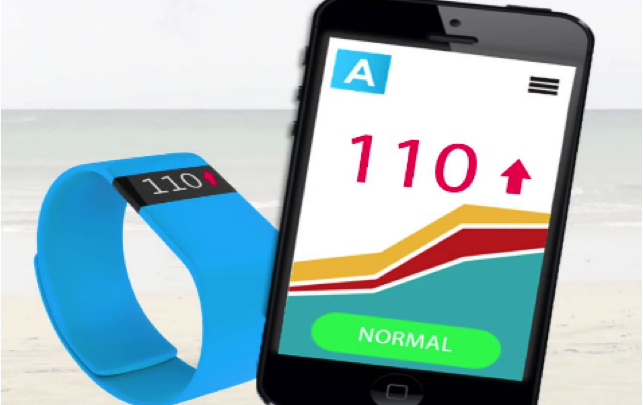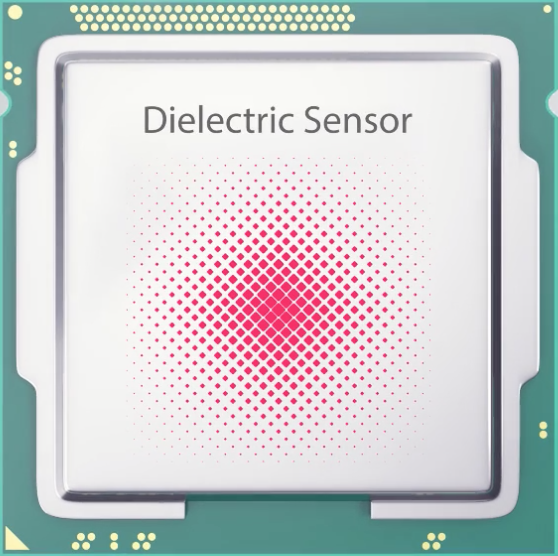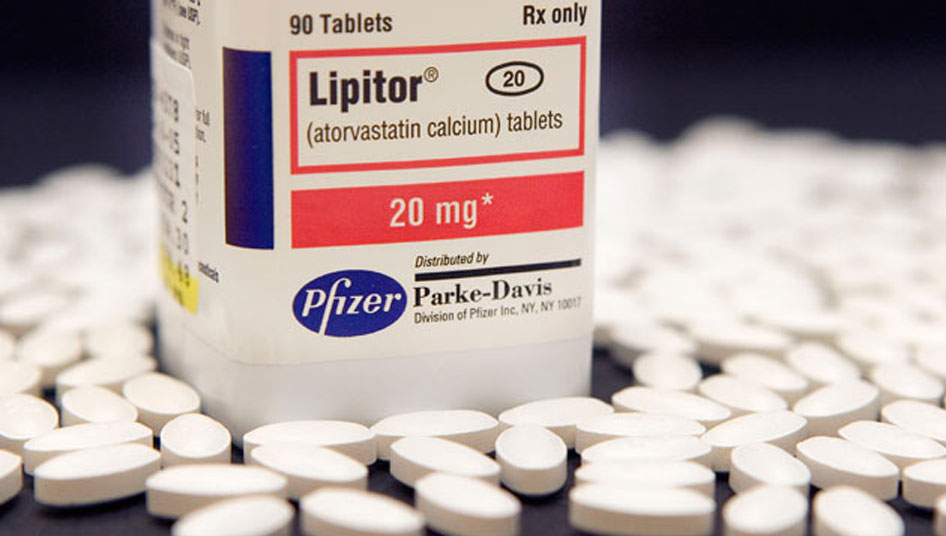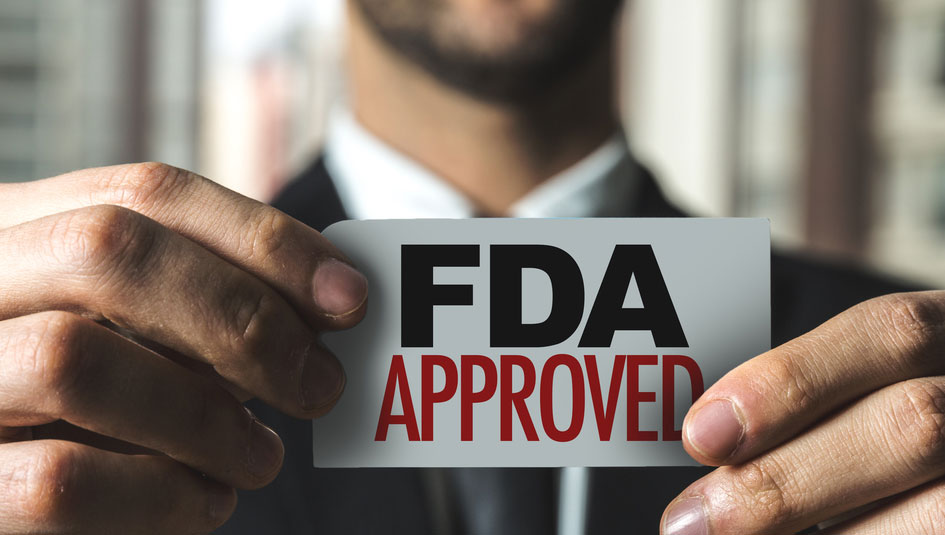Alertgy’s Non-Invasive CGM Wristband
Military sensing technology provides path to low cost non-invasive blood glucose measurement in a disposable 30-day wristband

We spoke with Marc Rippen, co-founder and President of Alertgy, a startup founded in 2016 and based in Melbourne, Florida. Marc and his team have strong backgrounds in the defense industry and are applying expertise to CGMs that was developed for low-power military sensing and communications.
Non-Invasive Technology
The Alertgy wristband acts as a miniature MRI but instead of your whole body going into the MRI, your wrist is inside an RF field. The low power field is focused to provide enough signal to accurately measure blood glucose levels in the body. Blood, fat, and muscle each have different dielectric properties and signatures in the field. Glucose within the body has its own very specific dielectric signature and the change in that signature can be used to accurately determine blood glucose levels.
There have been many university studies published that get into the details on the use of these dielectric signatures or spectrums to non-invasively determine blood glucose levels. Ben Freer, the chief sensor engineer for Alertgy wrote his thesis for a Masters Degree in Electrical Engineering titled “ FEASIBILITY OF A NON-INVASIVE WIRELESS BLOOD GLUCOSE MONITOR” which can be found at his university’s website. His early research and other similar research is very well documented in his thesis and serves as the foundation on which the Alertgy technology is based. Alertgy just made it more practical and miniaturized so that it can be used as a wearable device.
Alertgy uses a wide bandwidth sensor, advanced dielectric material and signal generation, extraction, and processing to distinguish between tissue types to accurately measure the blood glucose levels in the blood alone.
The beautiful aspect of this technology is that nothing is inserted into your skin, there is no separate receiver other than your mobile phone app, and its efficiency is so good that each disposable wristband lasts 30 days.
Timeline and Plans
Learning from Failure
There have been many attempts to create non-invasive blood glucose sensors. The bible of these failures is called The Pursuit of Noninvasive Glucose: “Hunting the Deceitful Turkey”, written by John L Smith. The 6th edition is available here.
Marc Rippen began Alertgy in 2016 after he read this book cover to cover. He also talked to many experts in the field.
“I knew that I could solve this problem with what I had learned building advanced military communications and sensing systems.
Once the team was assembled, we built a working prototype in 90 days.”

Technical Plans
Today, the antenna and sensor together are the size of a pack of cigarettes. Six different sensor/circuit configurations are being tested to further miniaturize the system.
When the circuit is finalized, Alertgy hopes to license the technology to firms like Samsung, Qualcomm, and TDK to be integrated into an Application-Specific Integrated Circuit (ASIC). This will reduce the cost and size of the device. The ASIC should be smaller than a quarter — a size that can easily fit onto a Fitbit, smartwatch, or standalone wristband.
Preclinical Work
In April 2018 Alertgy was invited to join the Health Technology Accelerator Program that Jump Start, Plug and Play and the Cleveland Clinic formed to speed up the process for companies to bring promising technology to patients.
Based on its success in that program, Alertgy is scheduled to work this Spring with the Cleveland Clinic — See announcement — to validate its technology by doing side-by-side measurements with other CGM and SMBG systems.
Once this comparison data is in hand, Alertgy expects to file a 501K with the FDA for non-invasive T2D monitoring and surveillance.
Rollout
Alertgy plans to have a clinical version of its non-invasive CGM device available for purchase no later than 2020. This won’t be the final miniaturized version but it will have all the functionality and will be used in hospitals.
The miniaturized 30-day life wristband is targeted to cost $100 when released in late 2021. This cost will include the phone app and ongoing cloud computing support.
Longer term, it is anticipated that people will get the device by mail order, via their healthcare system or health insurance firm. The wristbands will come pre-calibrated and measure BG every 1-2 minutes. The sensor data will flow from wristband to mobile app to cloud. The sensing algorithm will be fine-tuned daily for each person and will come from cloud to mobile app to wristband.
The wristband will be waterproof, hypo-allergenic, and is expected to be worn 24 hours a day.
While Alertgy’s focus is wholly on BG sensing, their sensing platform can be applied to measuring any high molecular weight proteins present in the body.
Hopes
Marc and his team hope that their simple to use, low-cost, non-invasive CGM will become widely used by all people with T2D and pre-diabetes. They believe that real-time BG information will result in many people making better lifestyle decisions and improving their health.







